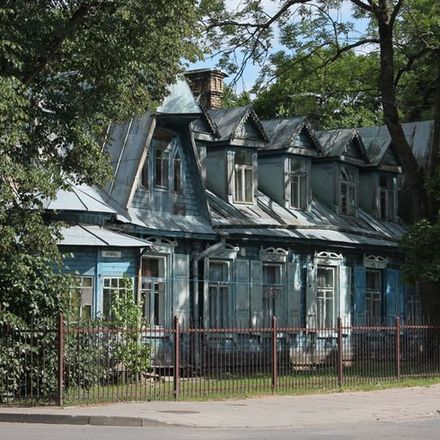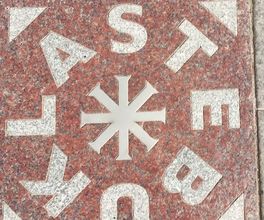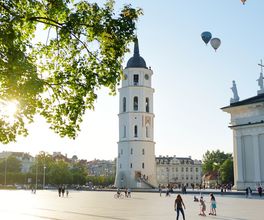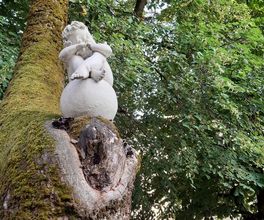




About this experience
In a quiet oasis between historic and new districts, you will find that beyond the grand facades of the center and the bohemian atmosphere of Uzupis hides an amazing quarter. Learn how the mysterious Turkic people - the Karaites ended up here, find a stone with the columns of the Gediminaičiai, admire rare examples of wooden architecture, and hear about a German from Kazan who influenced the atypical layout of Zverinas.
What to expect
Karaite Kenesa in Vilnius
The first amazing fact you will discover in Zverinas is the existence of a Karaite temple. Near this rare religious structure, you will learn about one of the smallest and most mysterious peoples of Europe. I will tell you about the times when the Karaites were part of the tribal union of nomads - the Khazar Khaganate, the main enemy of Kievan Rus in the pre-Mongol period. And also about the versions that explain their salvation after the defeat of medieval states and the history of their appearance in Lithuania.
Summer residence of the Governor-General and traces of Polish presence
I will also show you a very beautiful and quiet place by the river, where the former summer residence of the Governor-General is located - the ruler of the so-called North-Western edge of the Russian Empire. Along the way, we will talk about how the imperial government changed toponyms and the reasons for the uneasy situation in Vilnius after the mid-19th century. Later on, I will show the only tunnel remaining from the Polish fortifications and using rare photographs of historical objects, I will tell you about the Polish occupation of Vilnius in the 1920s.
The urban treasury of wooden architecture
It is here in Zverinas that you will encounter the largest number of examples of wooden architecture in Vilnius. Examine rare houses where Art Nouveau or modernism blends with traditional Russian style, or Russian with Moorish. Along the way, I will tell you about the unusual layout of the district, once bought by a thoroughly Russified German from Kazan. And also about how the prestigious district developed, surrounded by high hills and beautiful nature, how the mystical church of St. Catherine became famous, and where the residence of the Soviet party elite was located.







